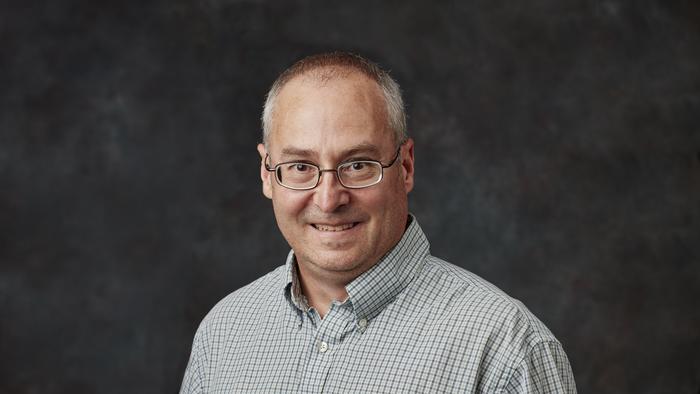Bill Partridge, a recently retired distinguished researcher at the U.S. Department of Energy’s Oak Ridge National Laboratory, was recognized by DOE’s Vehicle Technologies Office, or VTO, for leading world-class research in transportation throughout his 25-year career. His expertise has guided the development of advanced diagnostic tools that enabled next-generation engines and emissions control systems.

Credit: ORNL, U.S. Dept. of Energy
Bill Partridge, a recently retired distinguished researcher at the U.S. Department of Energy’s Oak Ridge National Laboratory, was recognized by DOE’s Vehicle Technologies Office, or VTO, for leading world-class research in transportation throughout his 25-year career. His expertise has guided the development of advanced diagnostic tools that enabled next-generation engines and emissions control systems.
Partridge was presented the Lifetime Distinguished Achievement Award during the VTO Annual Merit Review held on June 3, 2024, in Washington, D.C. He was nominated for the award by the VTO Decarbonization of Offroad, Rail, Marine and Aviation research team.
“Bill Partridge’s leadership has guided the development of some of the most impactful transportation tools widely used today,” said ORNL’s Robert Wagner, associated laboratory director for the Energy Science and Technology Directorate. “His research has supported emissions regulations in the U.S. and enabled industry to meet guidelines and freight-engine efficiency standards. Bill has truly been a visionary for transportation research.”
At ORNL, Partridge served as the principal investigator on VTO-funded projects that led to the development of diagnostic tools including the Spatially-resolved Capillary Inlet Mass Spectrometry, or SpaciMS, which revolutionized emissions control catalyst research and resulted in a 2008 R&D 100 Award. In 2010, he developed a laser-induced fluorescence fuel-in-oil diagnostic technique that also resulted in an R&D 100 Award and a 2011 Federal Laboratory Consortium Excellence in Technology Transfer Award. In addition, Partridge developed a fiber optic exhaust gas recirculation probe that supported multiple engine development projects, including the Cummins SuperTruck.
Partridge’s work in leading a cooperative research and development agreement, or CRADA, with Cummins was recognized in 2022 as being one of the longest, most successful industry collaborations in the Department of Energy’s history. The Cummins CRADA resulted in 36 journal publications and led to 25 keynote lectures throughout the U.S. and around the world.
Beyond his technology achievements, Partridge served as a dedicated mentor who supported the development of early-career researchers that subsequently made their own contributions to advancing the state of the art in vehicle technologies.
Partridge began his career at ORNL in 1997 as a postdoctoral researcher specializing in applied optical diagnostics. He spent much of his time working in fuels, engines and emissions research. In recent years, he worked with buildings technologies researchers and used his diagnostics expertise to help develop tools for detecting air leaks in buildings. Partridge retired from ORNL in 2024.
He earned his bachelor’s and master’s degrees in mechanical engineering from the University of Tennessee, Knoxville, and his doctoral degree from Purdue University.
UT-Battelle manages ORNL for the Department of Energy’s Office of Science, the single largest supporter of basic research in the physical sciences in the United States. The Office of Science is working to address some of the most pressing challenges of our time. For more information, visit energy.gov/science.



